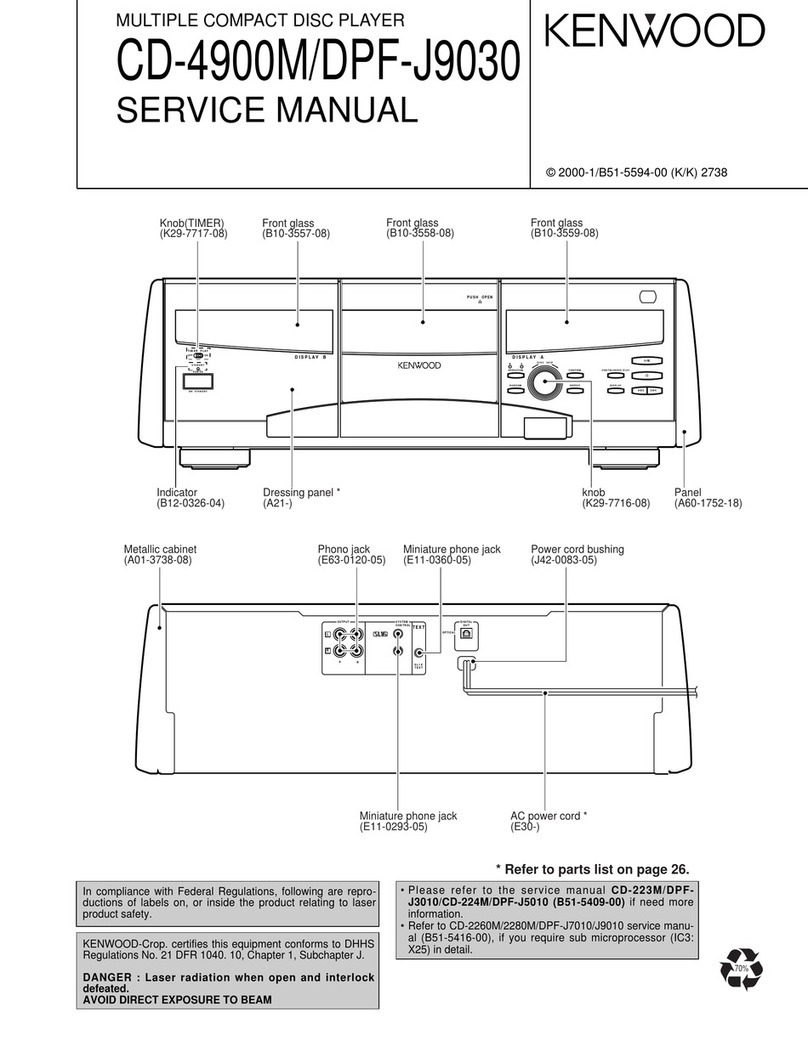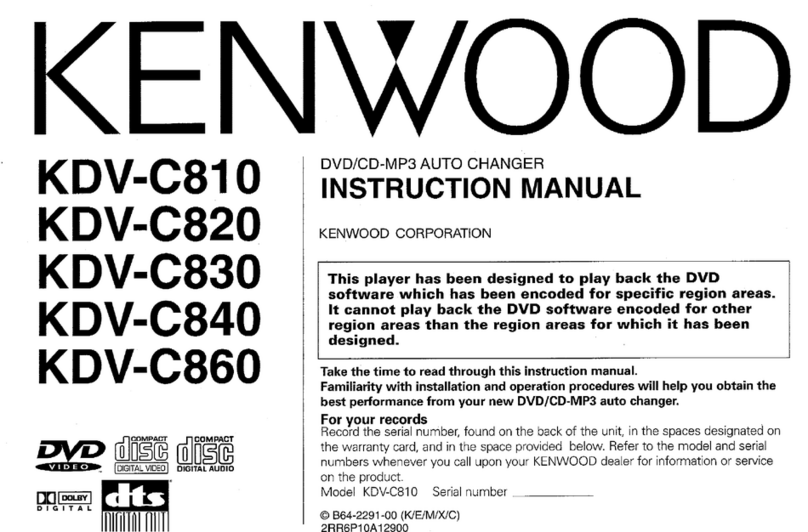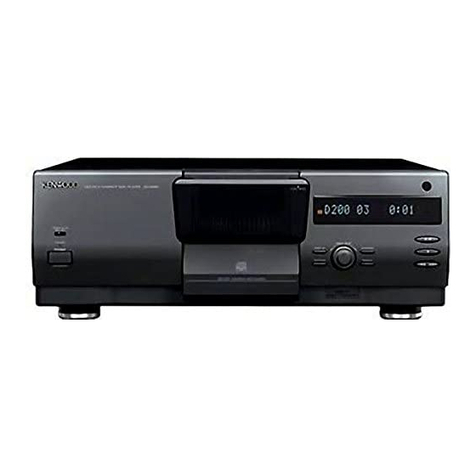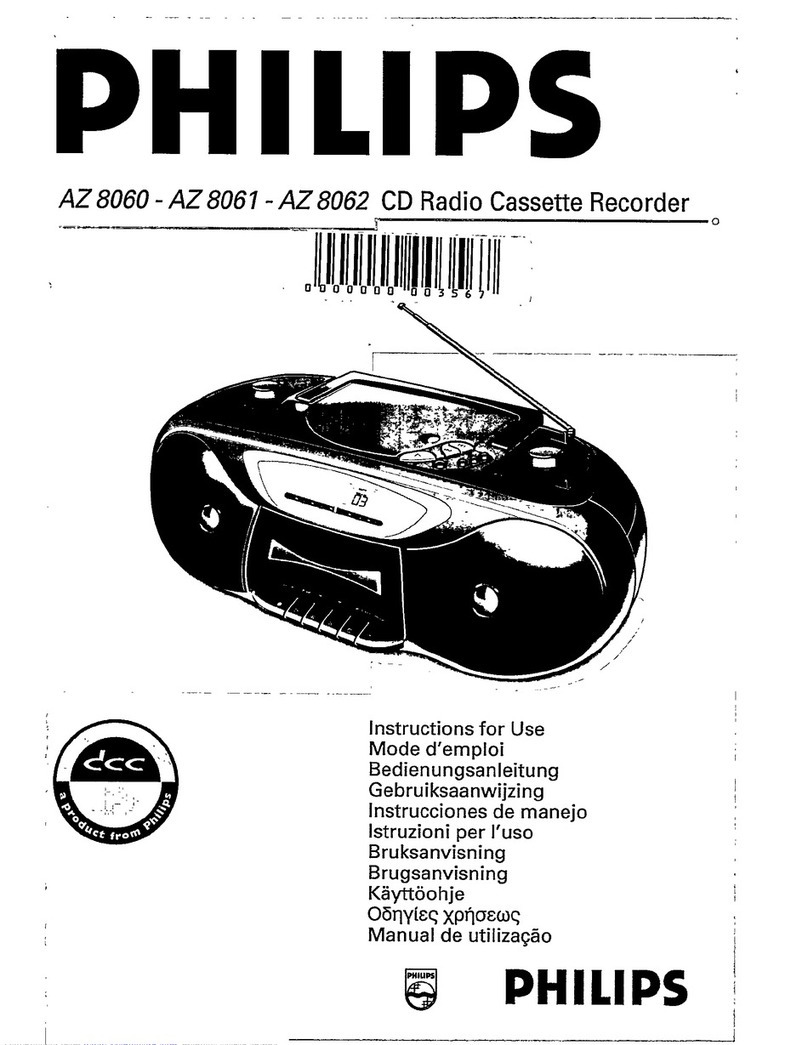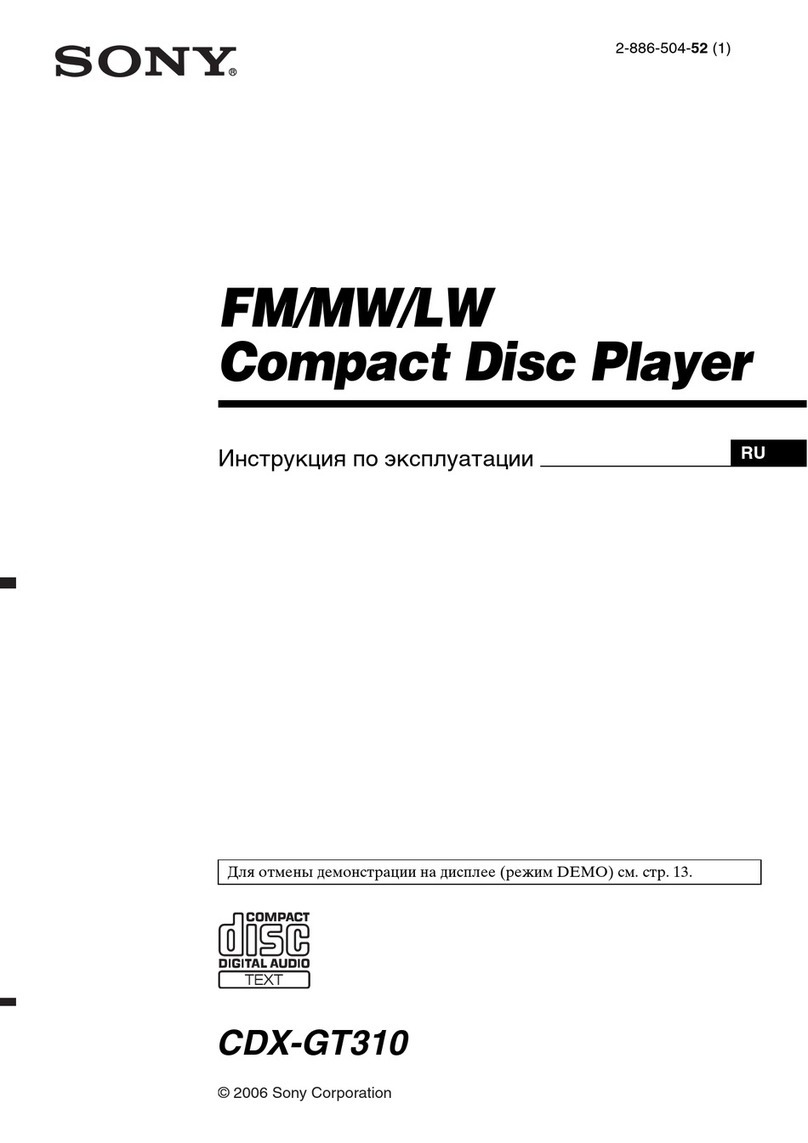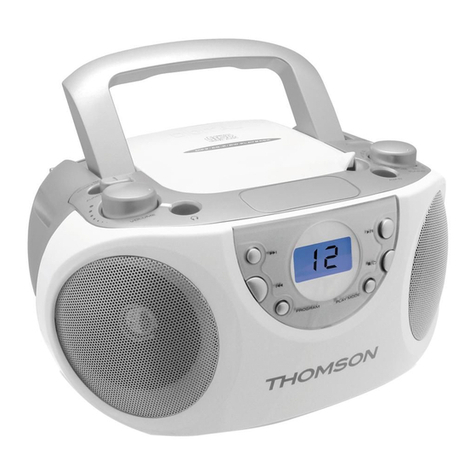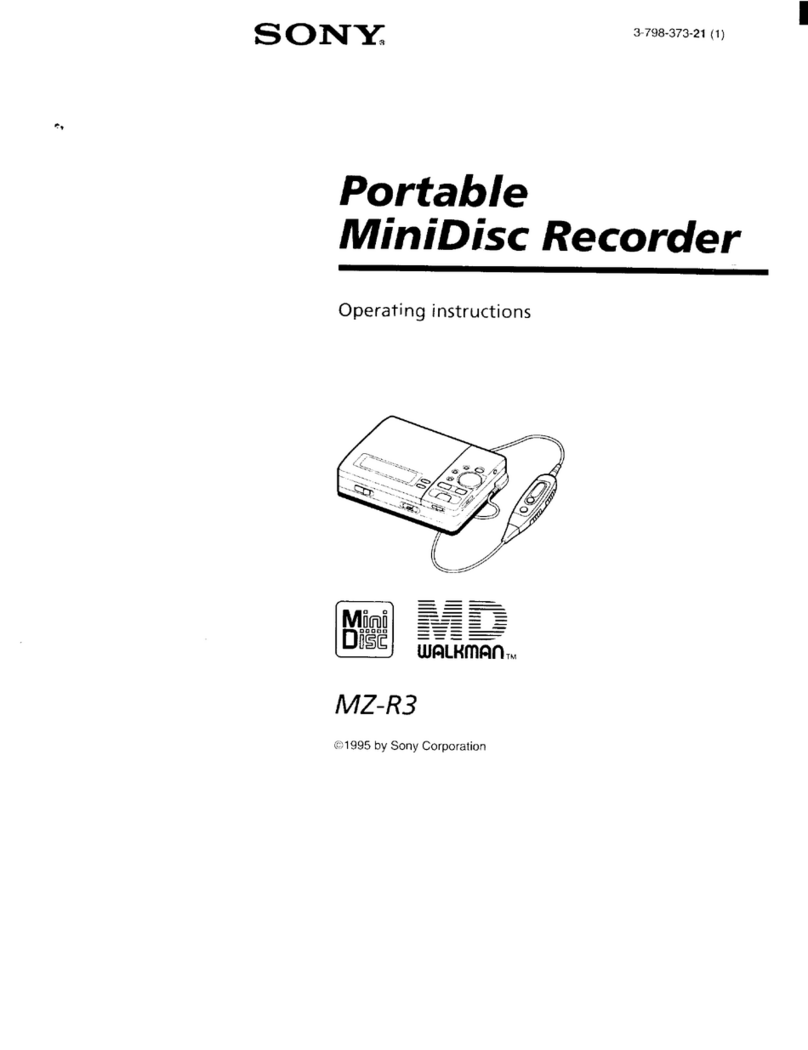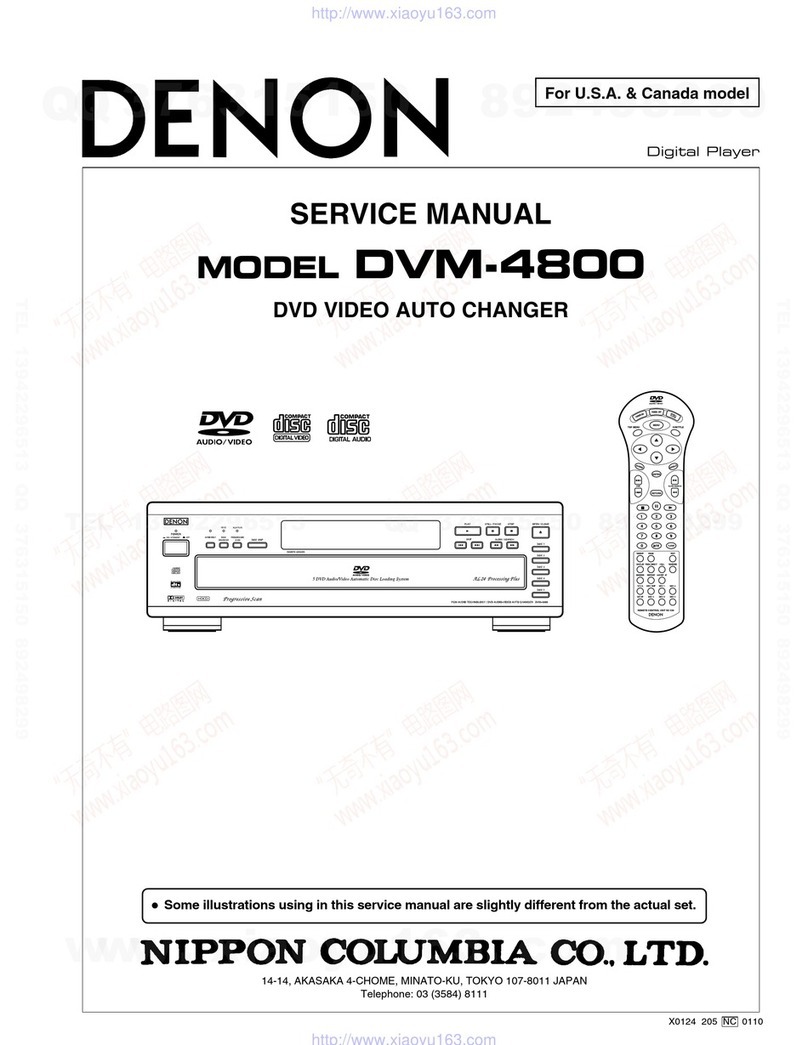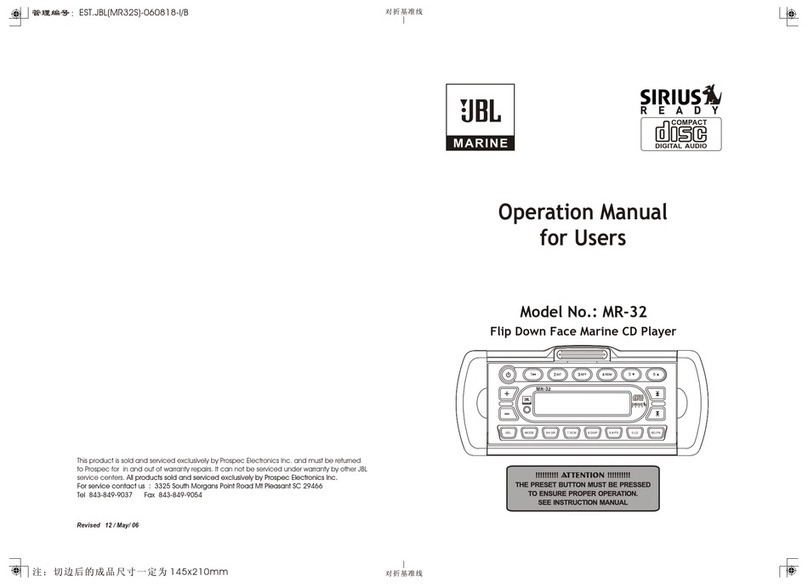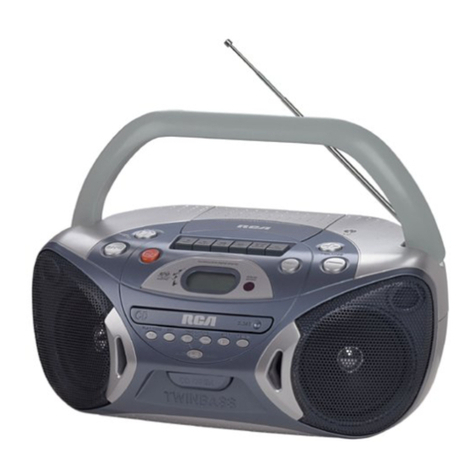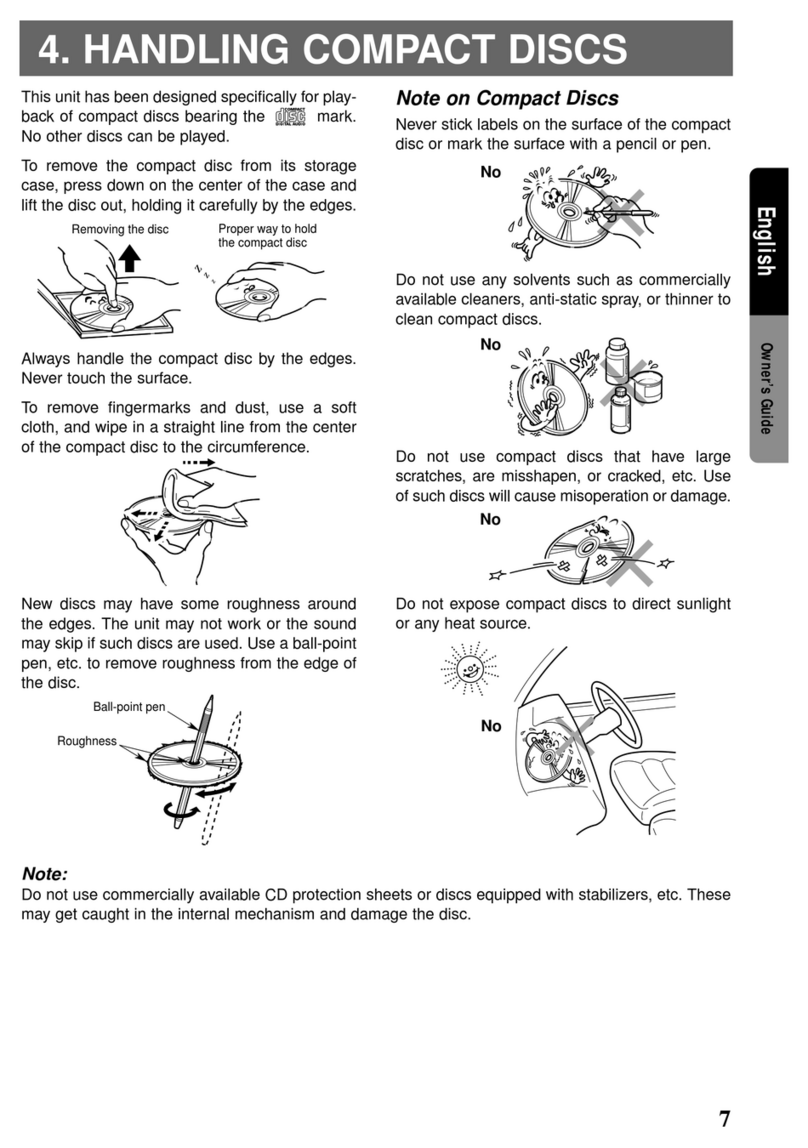Kenwood DP-492 User manual
Other Kenwood CD Player manuals

Kenwood
Kenwood DPC-692 User manual

Kenwood
Kenwood DPC-X537-D User manual
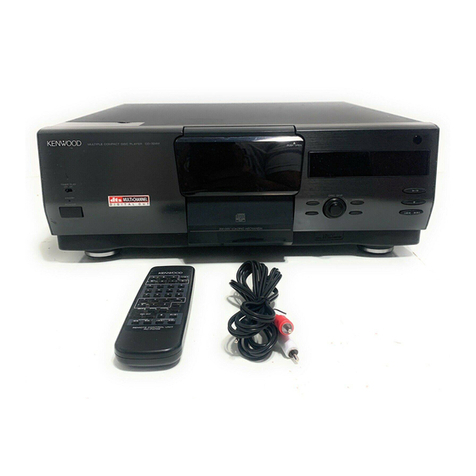
Kenwood
Kenwood CD-324M User manual
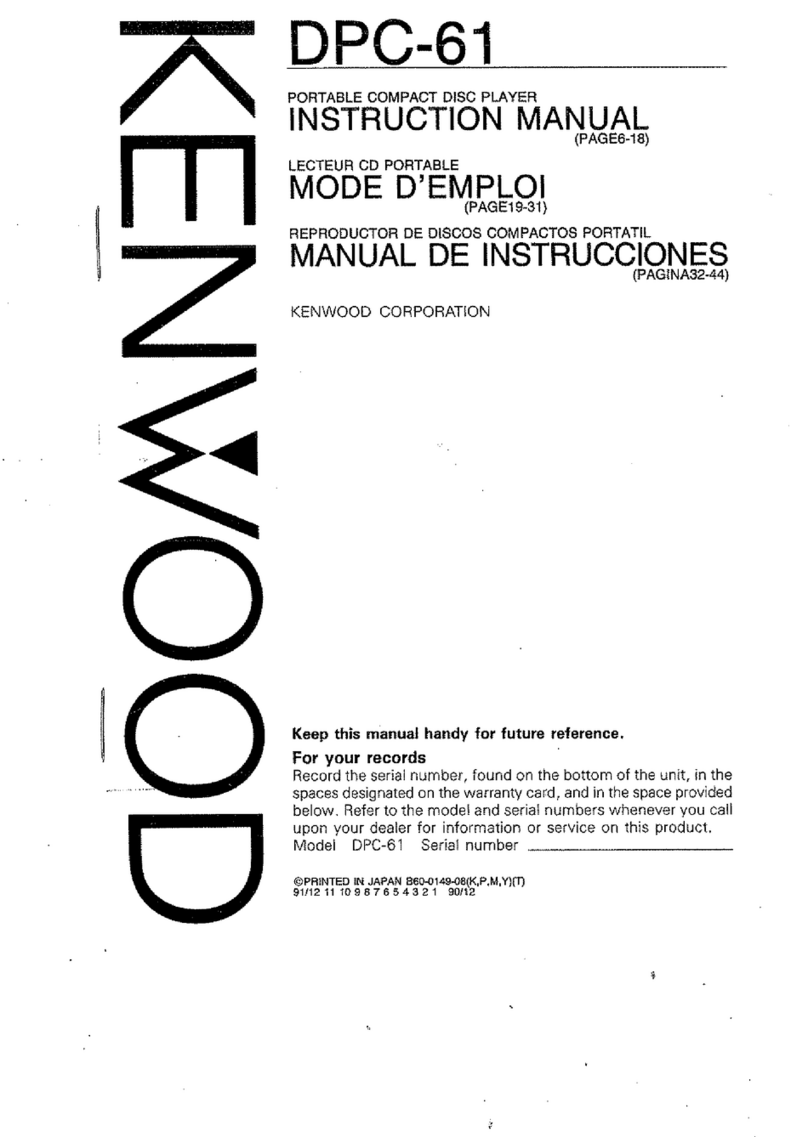
Kenwood
Kenwood DPC-61 User manual
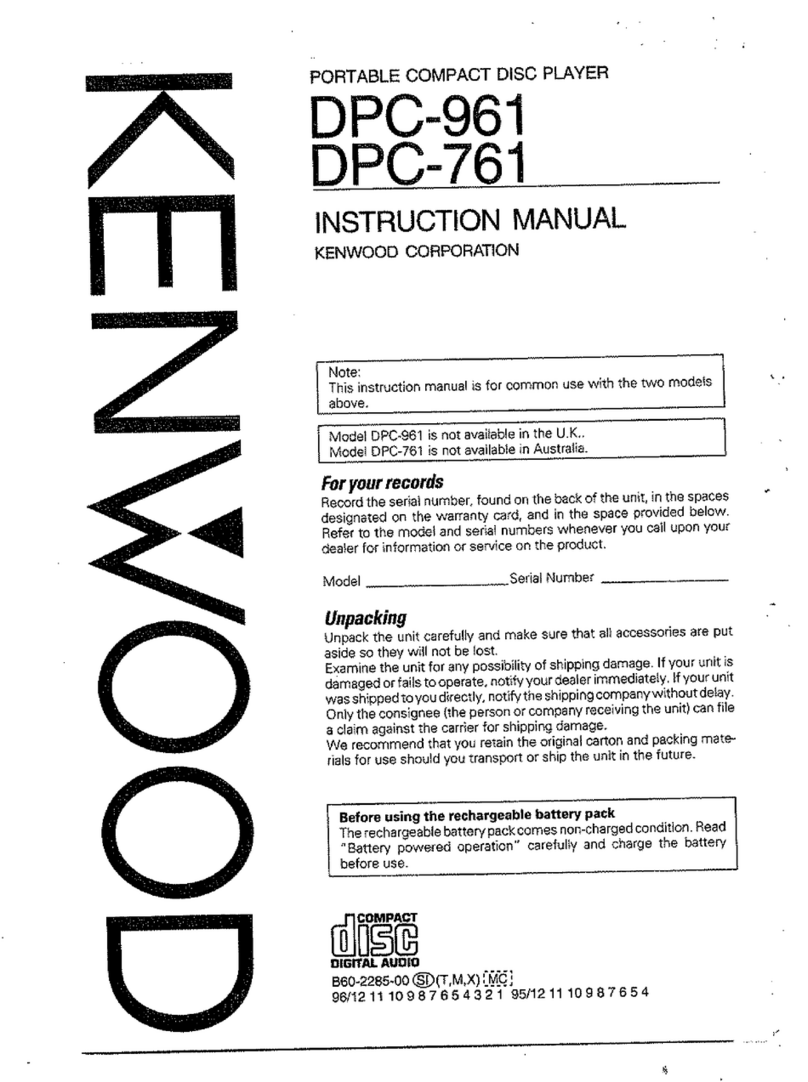
Kenwood
Kenwood DPC-961 User manual
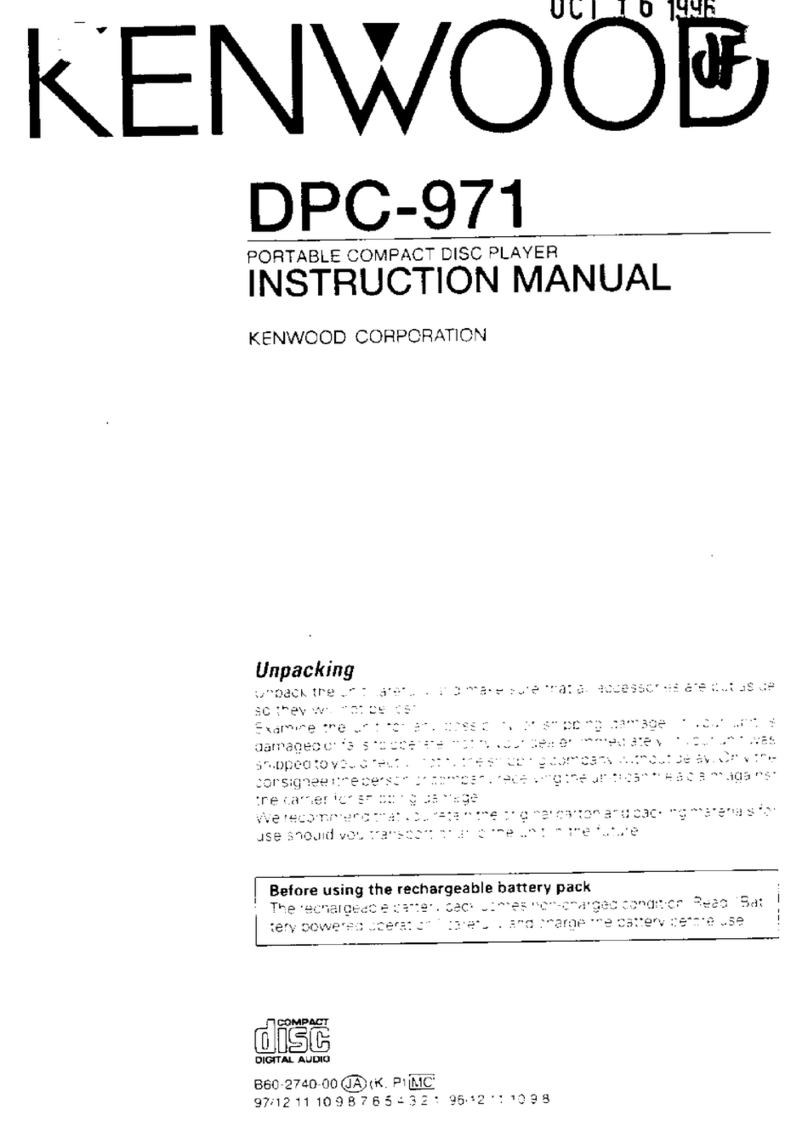
Kenwood
Kenwood DPC-971 User manual
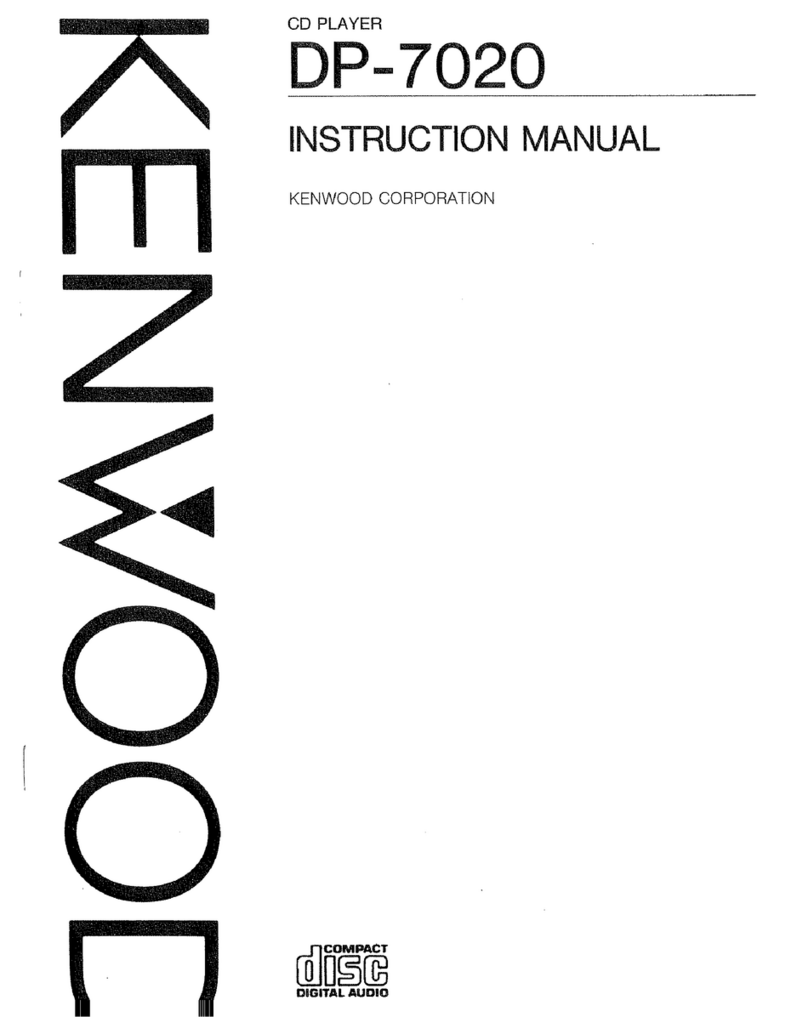
Kenwood
Kenwood DP-7020 User manual
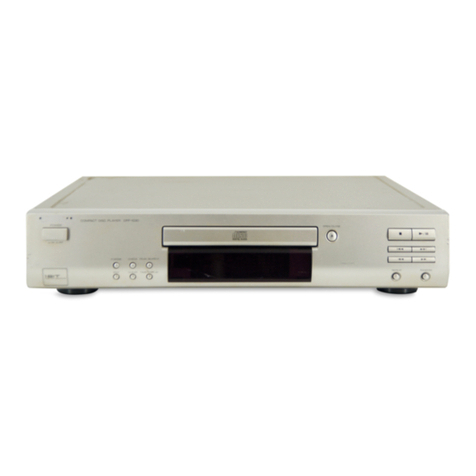
Kenwood
Kenwood DPF-1030 User manual

Kenwood
Kenwood KDC-C665 User manual
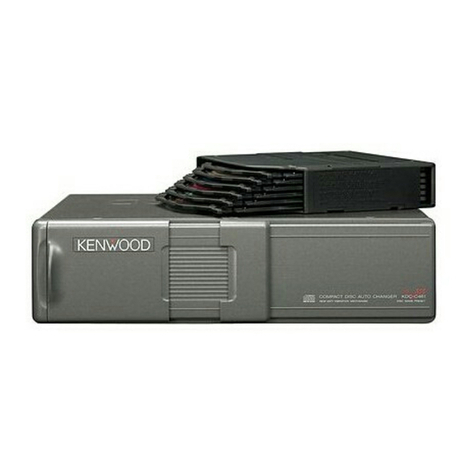
Kenwood
Kenwood KDC-C461 User manual
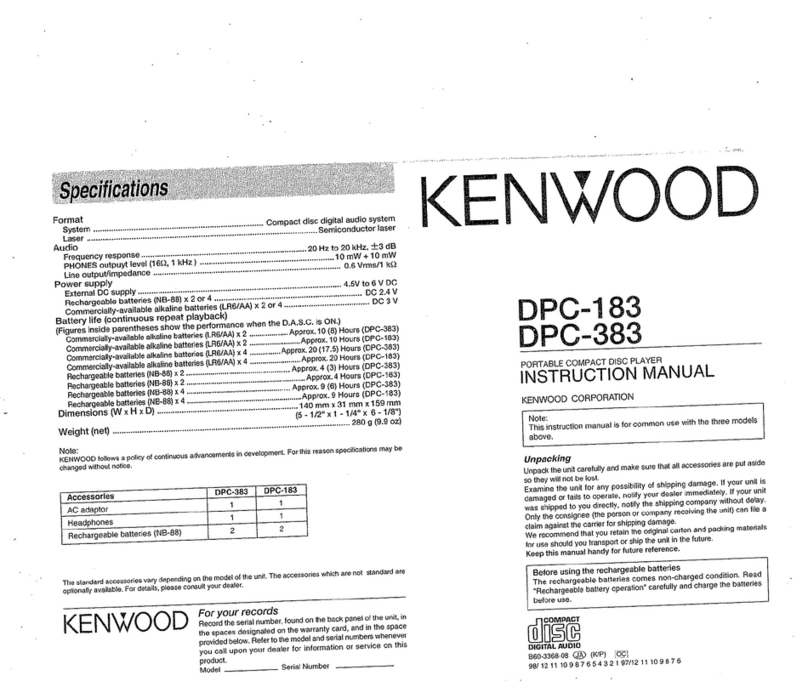
Kenwood
Kenwood DPC-183 User manual

Kenwood
Kenwood DP-2050 User manual
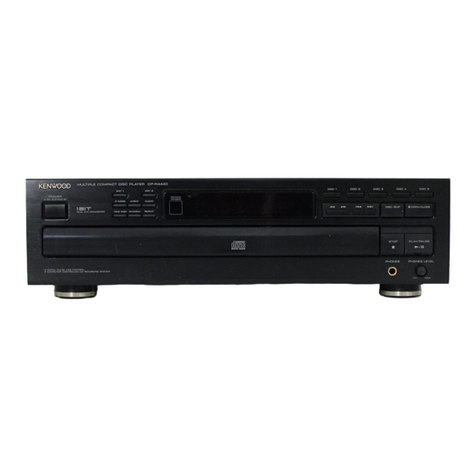
Kenwood
Kenwood DP-R4440 User manual

Kenwood
Kenwood DPC-692 User manual

Kenwood
Kenwood DP-M5560 User manual
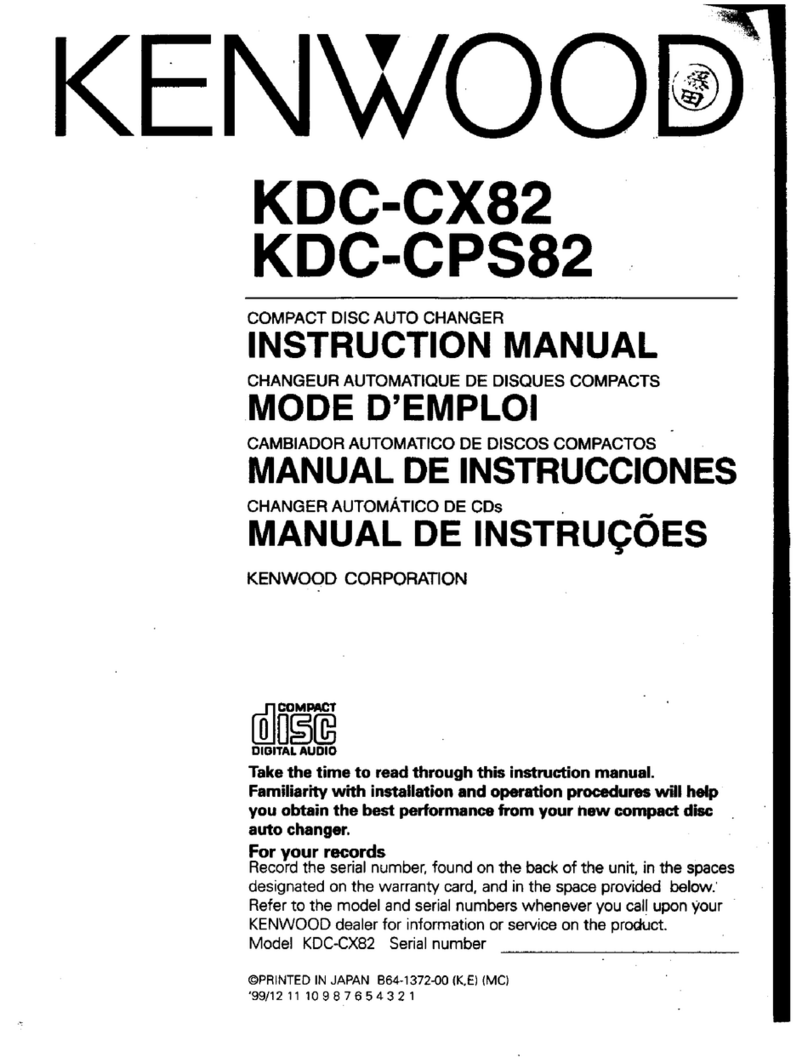
Kenwood
Kenwood KDC-CX82 User manual

Kenwood
Kenwood 1060CD User manual

Kenwood
Kenwood DP-87 User manual
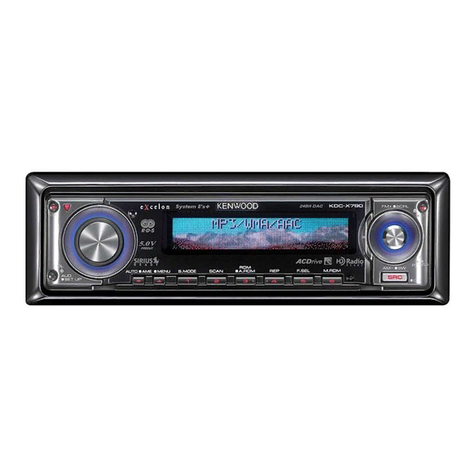
Kenwood
Kenwood KDC-MP732 User manual

Kenwood
Kenwood DPC-X802 User manual

